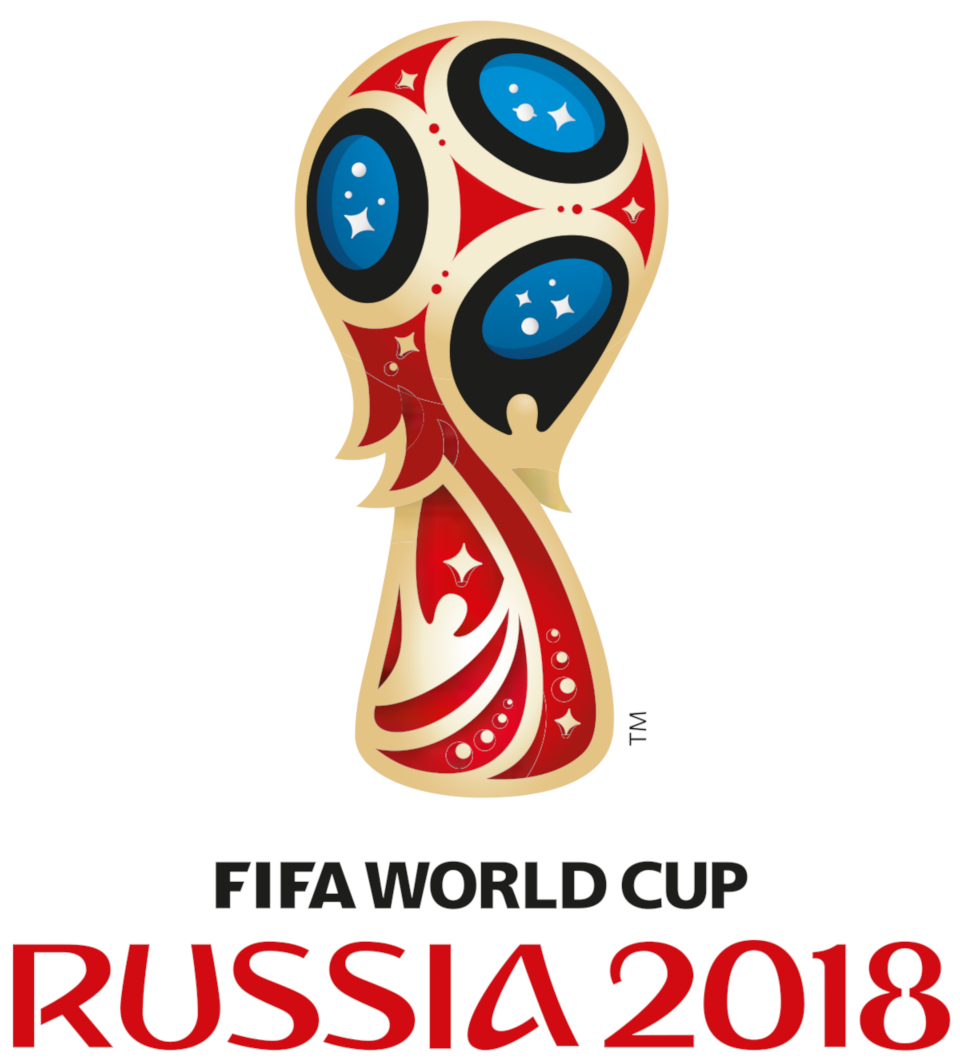Fox, Telemundo Offer a Clearer View of FIFA World Cup Russia
RUSSIA — What will the 2018 FIFA World Cup in Russia be remembered for?
From the perspective of delivering the event to an international video audience, the fifth FIFA World Cup for host broadcaster Host Broadcast Services (HBS) will surely be remembered as the first to be covered across all venues using a hybrid Ultra High Definition (UHD)/high dynamic range (HDR)/1080p production plan.
That’s big news. The system was effectively already run through its paces at last year’s FIFA Confederations Cup, which was also held in Russia. Having a single production chain that delivers multiple, desirable formats in an evolving media world is quite an achievement.
The host cameras at the stadiums will be a mix of dual output UHD/HDR and 1080p SDR, dual output 1080p HDR and 1080p SDR, and single output 1080p SDR. About 75 percent of the match live cut is expected to be full UHD/HDR due to the location of the UHD/HDR camera positions. HBS says the rest of the cameras are mostly close-ups that will be upconverted with little impact on the UHD experience.
All replays will also be upconverted from 1080p with minimal visual impact on the UHD/HDR feed due to the natural softness derived from the slow-motion angles, according to an HBS broadcast plan document.
U.S. MEDIA RIGHTS LICENSEES
For the United States, the English language media rights licensee (MRL) is Fox Sports, while Telemundo Deportes is the exclusive Spanish-language MRL. The 2018 FIFA World Cup Russia is the debut for each MRL at a Men’s World Cup, although both cut their teeth at the 2015 FIFA Women’s World Cup in Canada, and both also covered the FIFA Confederations Cup from Russia in 2017.
Get the TV Tech Newsletter
The professional video industry's #1 source for news, trends and product and tech information. Sign up below.
[Read: BBC Plans UHD, VR World Cup Coverage]
Both Fox and Telemundo have lots of big-event broadcasting experience, but both welcomed the one-two punch “warm-up,” of the Canada event and the Confederations Cup.
Fox Sports Vice President, Field Operations/Engineering Kevin Callahan said the broadcaster had learned a lot from the Women’s World Cup, and had started growing out its approach to venues there.
“The World Cup 2018 is the largest production in our history,” said Callahan. “Doing the Confederations Cup and Women’s World Cup was a great learning experience for us in working with a host and host-provided facilities. HBS does a great job with the production and facilities, but doing a multiweek international event is very different than what we’ve done before.”
Even though he has previous experience working at World Cups with other broadcasters, Telemundo Deportes Executive Vice President, Programming, Production & Content Eli Velazquez said that doing the Confederations Cup from Russia last year was very useful as a way to “kick the tires” on the vision the broadcaster had about what it wanted to deliver to its audience.
It also provided the broadcaster the opportunity to understand more fully that Russia is geographically the biggest country on the planet, and how the distances between venue cities can impact work and logistics.
Indeed, World Cup matches will be spread across 11 cities, 12 stadiums, and four time zones.
“Just learning how to get your teams to and from locations was important,” said Velazquez. “Understanding the culture and historical significance of some of the sites, and looking at how these narratives could be leveraged, was beneficial.”
“The Red Square studio is our primary host location,” said Telemundo Deportes’ Vice President of Technology Strategy Dave Lazecko. “All cameras will be routed back to the IBC [International Broadcast Center] control room for integration into the final match production and then sent directly to the United States for distribution.”
Callahan also noted that logistical issues related to time zones and distance were a challenge. Fox divides its World Cup effort into the 12 World Cup stadiums, the main IBC facility in Moscow, a Red Square-based studio that will factor heavily in the coverage, and Fox’ Los Angeles facilities.
Callahan said these sites would use a lot of video over IP, and Fox would use it exclusively from venues and from its main studio set in Moscow’s Red Square. Fox had started testing in 2015, and used it for the 2016 Copa America before its real debut at the Confederations Cup last year.
“We encouraged HBS to move to IP technology for transport for the rightsholders, and we were the first MRL doing IP for transport with the host,” said Callahan. “For us, it gives us more flexibility, better signal quality and a greater range of signals.”
For Fox, the hub of operations will be at the IBC, with all signals coming into and flowing out from that site. The house format in Russia is 1080p/50, which is a relatively simple conversion to Fox’s 720p 60 domestic house format. There is 20 Gb of connectivity between the Red Square studio and the IBC, and multiple Gigabit circuits from the IBC back to Los Angeles.
U.S.-BASED EDITING
Notably and in keeping with modern practice, both MRLs will do a lot of production stateside.
Telemundo Deportes — which uses the 1080i/60 HD production format — can call on all sorts of expertise and infrastructure related to NBC’s longtime experience with @home productions for Olympics. Its utilization of NBCU Sports and the larger NBCUniversal technical operation dictate how they perform standards conversion in Russia. Twenty-four Snell Alchemist Ph.C converters allow them to distribute a 1080i signal to multiple Telemundo and NBCU U.S.-based facilities without having to manage to distributed conversion process back home.
“The @home aspect of our coverage really extends more specifically to the support programming that we are leveraging across the whole Telemundo network,” said Velazquez. A big first for Telemundo and NBCUniversal is producing live coverage of matches out of its new world headquarters in Miami. The technical facilities are built using 100 percent IP technology based on the SMPTE 2110 standard. Signals will arrive from Russia as 1080i/60 and are converted to SMPTE 2110 IP streams for integration into the production workflow.

“An example is a one-hour nightly primetime show dedicated to the World Cup celebration, and that will be principally executed from our Telemundo Center in Miami, with control there as well,” said Velazquez. “The location in Russia will become an integrated part of that show.”
Clips-based coverage highlights will also be done in Florida, as all the host content seen at the Russia IBC can be seen and accessed in Florida as well.
The actual matches and the coverage of the games will be switched from Russia for Telemundo.
Some craft editing of features will also be done in the U.S. “If we identify a storyline after day one, we may have that craft editing done in Miami, then shipped back to Russia for integration there,” said Velazquez.
The Women’s World Cup and Confederations Cup experiences were very helpful for Fox when adopting remote production.
“We are keeping our editing back in LA, which is something we did during the Confederations Cup and the Women’s World Cup,” said Callahan. “We found it to be very successful. The editors like editing at home in a facility and on equipment they are used to.”
Callahan is particularly proud of an integration between Telestream Lightspeed Live Capture, which provides encoding of real-time HD and UHD file formats while simultaneously supplying streaming proxies and Aspera FASPStream technology.
“We are encoding a 1080p/50 stream here in Moscow at the IBC, and we’re sending a data stream directly to storage in Los Angeles, where the file is writing as a growing file,” he said. “[The editors] are able to edit in place in an Adobe Premiere timeline within 3–7 seconds of real time in Russia. It’s encoded in Russia and written in L.A., which cuts down transmission bandwidth and gets material editable very quickly.”
For Fox, U.S. editing will be on everything that is not highlight related — content such as features, teases and jumps will be edited in Los Angeles and sent back to Russia via file transfer for incorporation in to the broadcast. There will also be some off-tube match calls from Los Angeles, and all match graphics insertion is being done from the U.S. facility. Graphics for the Russia-based studio show will be done in Moscow.
IN THE STUDIO
Both U.S. MRLs have high-profile studio space in Red Square, and both are located next to the iconic St. Basil’s Cathedral.
Fox’s studio space will be highlighted by a multipanel Sony LED monitor wall that is effectively 170 inches across diagonally.
“The spacing between tiles is just 1.2 mm, which makes it appear seamless in use,” said Callahan. “It has a 180-degree viewing angle so if we’re moving cameras around the presenters there’s no shift in the image itself.”
This presenter tool is also bright enough to operate in a studio that has a window overlooking the square. Another highlight of the Fox Red Square studio is a StudioBot from Mark Roberts Motion Control, a six-axis arm 3.5 meters long that can rotate 360 degrees on any of these axis points and sends data to a Vizrt system.
“With the StudioBot all of the moves are repeatable, so you know you’ll get the same move every time, taking the guesswork out of AR,” said Callahan.
Telemundo’s operation in Moscow and its main host position for the entire tournament will be from Red Square as well, with a main desk where the broadcaster traffics between venues and locations, and a more intimate area for discussions and interviews with star players or pundits.
While UHD with HDR may be a bit beyond many viewers and most of the world’s broadcasters currently, both U.S. MRLs are thrilled with what they’ve seen and what’s available.
For its part, Telemundo welcomes the chance to offer its viewers the full experience of the World Cup in the best image quality available. “4K adoption is developing,” said Velazquez. “We’ve been forward-thinking when it comes to providing our viewers with this full experience, and this month [May] we’re working with Xfinity and Comcast to offer a delayed 4K experience. We also have the same rights for the next two World Cups, so for us this is also about starting to engage with the emerging formats, and it means that recaps from 2018 will be high quality when shown in 2022 or beyond.”
Fox is making every match available in UHD with HDR via select multichannel video programming distributors, said Callahan. He said the UHD images with HDR and wide color gamut “looked fantastic” at the Confederations Cup.
“I wish we could get it to everyone’s home, I wish everyone could watch it and enjoy that experience,” said Callahan.

